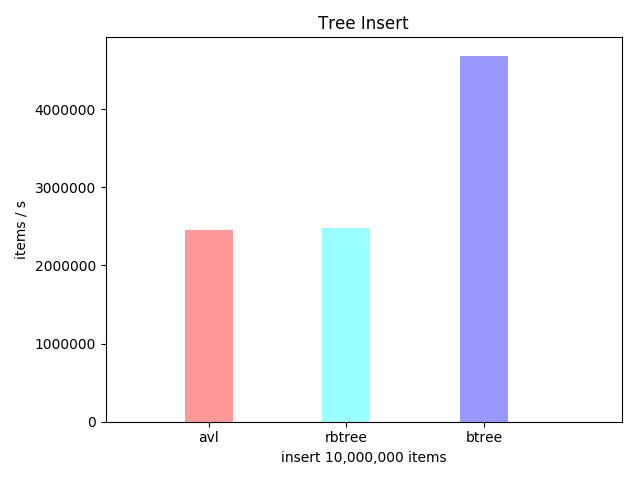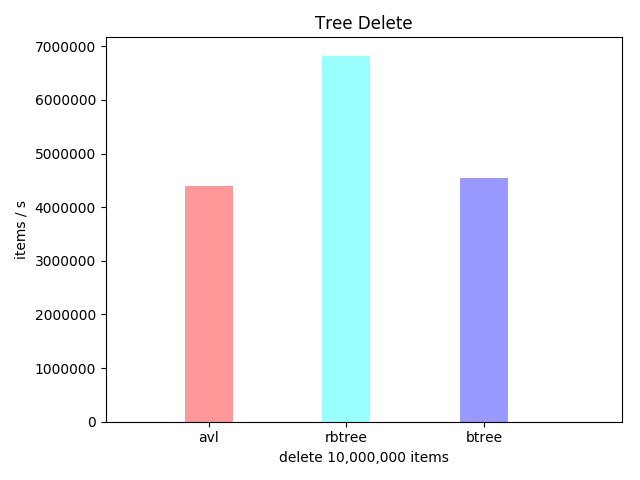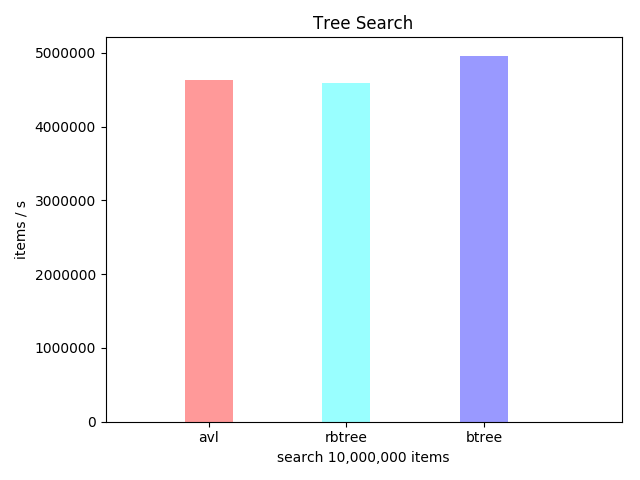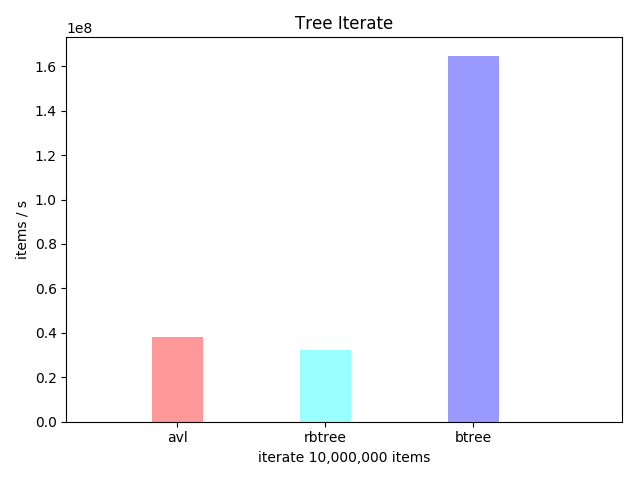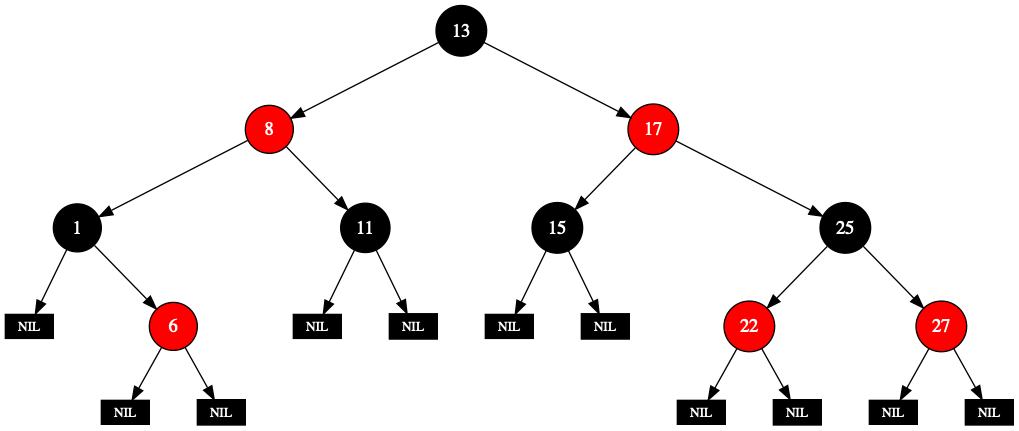Package rbtree implements a red–black tree.
In addition to the requirements imposed on a binary search tree the following must be satisfied by a red–black tree:
- Each node is either red or black.
- The root is black. This rule is sometimes omitted. Since the root can always be changed from red to black, but not necessarily vice versa, this rule has little effect on analysis.
- All leaves (NIL) are black.
- If a node is red, then both its children are black.
- Every path from a given node to any of its descendant NIL nodes goes through the same number of black nodes.
go get github.com/hslam/rbtree
import "github.com/hslam/rbtree"
package main
import (
"fmt"
"github.com/hslam/rbtree"
)
func main() {
tree := rbtree.New()
str := item("Hello World")
tree.Insert(str)
fmt.Println(tree.Search(str))
tree.Delete(str)
}
type item string
func (n item) Less(b rbtree.Item) bool {
return n < b.(item)
}Hello World
package main
import (
"fmt"
"github.com/hslam/rbtree"
)
func main() {
tree := rbtree.New()
l := []Int{13, 8, 17, 1, 11, 15, 25, 6, 22, 27}
for _, v := range l {
tree.Insert(v)
}
iter := tree.Min()
for iter != nil {
fmt.Printf("%d\t", iter.Item())
iter = iter.Next()
}
}
type Int int
func (a Int) Less(b rbtree.Item) bool {
return a < b.(Int)
}1 6 8 11 13 15 17 22 25 27
This package is licensed under a MIT license (Copyright (c) 2020 Meng Huang)
rbtree was written by Meng Huang.

